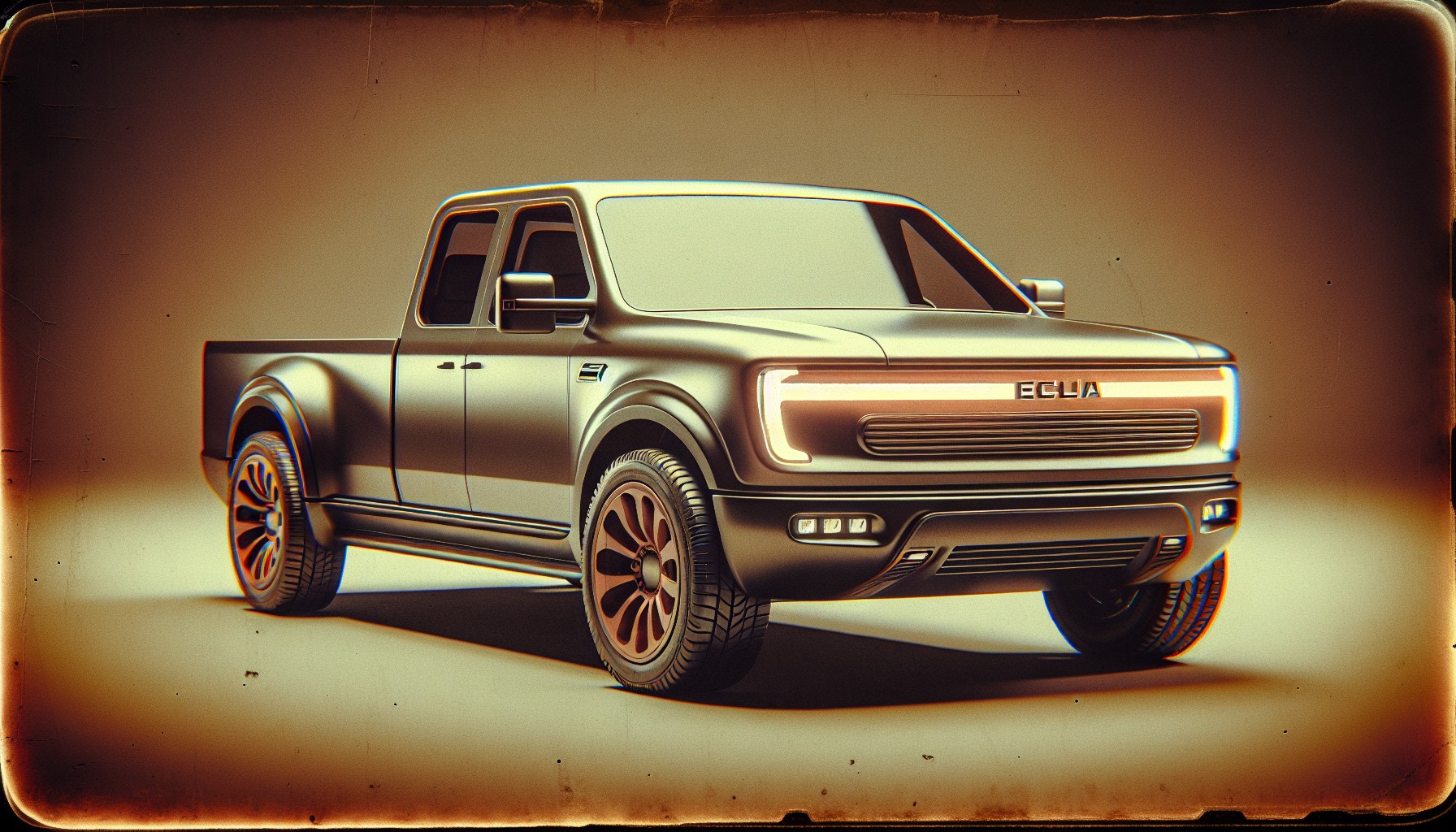In a world where electric vehicles (EVs) are often synonymous with cutting-edge technology and futuristic designs, a new player has emerged that subverts the norm with a refreshingly different approach. Slate Auto, an American startup, is turning heads with its uniquely analog electric vehicle that seems to deliberately eschew the high-tech allure of industry giants like Tesla. This vehicle, which remains unnamed for now, is unapologetically simple, focusing on affordability and customization over digital sophistication.
Slate Auto’s vehicle is a testament to the idea that high-tech doesn’t always equate to high value for every consumer. The vehicle is fitted with manual windows and lacks the main infotainment screen that has become a staple in modern cars. This omission is both a nod to nostalgia and a strategic choice, aiming to provide an experience that is tactile and direct. By removing these digital interfaces, Slate Auto is catering to a market segment that values human-machine interaction over digital mediation.
Interestingly, the vehicle isn’t even painted, a choice that is both cost-effective and environmentally friendly. This allows for an entirely customizable exterior, encouraging owners to personalize their cars with wraps or paint jobs of their choosing. This kind of customization, while not new, is a rare offering in the EV market, which often leans towards uniformity and sleek, factory-finished aesthetics.
But what truly sets Slate Auto apart is its transformative design. The vehicle can switch from a two-seater pickup to a more traditional car configuration, offering versatility that is practically unheard of in the current EV offerings. This feature is particularly appealing in a market increasingly interested in multipurpose vehicles, and it highlights Slate Auto’s commitment to practical innovation over flashy tech.
While Slate Auto’s approach is decidedly low-tech, it’s not entirely devoid of modern innovation. The company is exploring the integration of artificial intelligence in ways that complement its analog ethos. For example, AI could be used to optimize battery efficiency and provide predictive maintenance alerts without resorting to invasive digital displays. Such applications of AI offer a balanced blend of modern technology and traditional driving experiences, potentially setting a new standard in the EV industry.
Moreover, Slate Auto’s choice to focus on analog features doesn’t mean they’re ignoring the benefits of connectivity. They’re looking into AI-driven apps that could enhance the user experience outside of the vehicle, offering services like route planning, energy management, and remote diagnostics. This approach ensures that while the car remains delightfully simple, users can still enjoy the conveniences of modern technology.
The debut of Slate Auto is a reminder that the future of electric vehicles doesn’t have to be monolithic. By breaking away from the high-tech mold, they are inviting a new kind of customer into the EV fold – one that values simplicity, affordability, and the joy of a personalized driving experience. As AI continues to permeate every aspect of our lives, Slate Auto offers a compelling case for how technology can enhance rather than overshadow the human element in driving.
As the automotive world watches closely, Slate Auto’s success could inspire a shift in how we think about technology in transportation. By prioritizing a balance between analog charm and digital convenience, they might just be paving the way for a new category of electric vehicles that are as much about the journey as they are about the destination.
